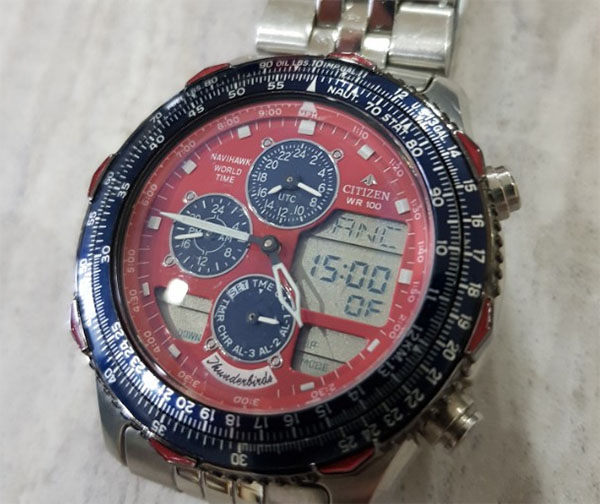ExhaustNotes prides itself on our thorough reviews. We are not like those lame, ex-paper-magazine websites that actually have the product to hand. At ExNotes we are so professional, so talented in the art of bedazzlery we don’t need to see the review subject to make a good job of it. Which makes this 2-bike comparo an outlier in that I actually rode both these bikes back to back for 10 minutes. That’s more than enough time for me to reach an erroneous conclusion.
The Triumph Scrambler and Moto Guzzi TT850 in this comparo belonged to ExNotes buddies Robert and Phillip, who stopped by for Tinfiny Ranch’s annual West Side Road Rally. The West Side Road Rally is an invitation-only off-road adventure similar to the Colorado 500 except with 470 fewer miles.
The first thing you notice about these big, heavy ADV bikes is how big and heavy they are. They’re even heavy for a street bike. The Triumph seems a wee bit smaller than the Guzzi but from the saddle feels a bit heavier. I didn’t weigh the motorcycles on ExNotes’ USDA-calibrated scale because I don’t want to unduly influence your opinion of either bike with verified facts.

The Guzzi was new, as-delivered stock and it felt softly sprung. I didn’t try adjusting anything because unless a motorcycle is weaving out of control I really don’t care about suspension. In a perfect world we’d all be riding hardtails. The non-Paralever shaft drive gently lifted the rear of the bike under acceleration but it was so smooth and quiet no one noticed. In general the Moto Guzzi behaved like a faster, tighter version of the last Moto Guzzi I rode: a mid 1970’s Eldorado 750.

Suspension on the rear of the TT is a single right-side shock while the industry standard upside down forks hold up the front end. The suspension was so unobtrusive I never bothered to look for who built them. A brace of shut-off-able-ABS disc brakes did a fine job of slowing the weight down. I found the Moto Guzzi a tad bit boring. At 850cc the power was not overwhelming or delivered in any way that could be described as exciting. Maybe a loud, life saving exhaust system would add a sense of urgency to the motorcycle. As is, I think it would make a great long distance touring bike for the asphalt.
Phillip’s Triumph was also new but had been lowered by using shorter twin shocks. It had upside down forks and disc brakes were bolted on all over the place. The triumph at 1200cc felt much stronger than the Guzzi everywhere. The torque was enjoyable as I could leave the bike in top gear through the twisty mountain roads above Alamogordo, New Mexico. Riding the Guzzi I had to row the gearbox a bit.

Everything about the Triumph was harsher than the Guzzi. The suspension felt shorter and stiffer, the seat was harder and smaller, even the Triumph’s cycle parts seemed dangerous, like they were ready to cut you or burn you. So of course I liked it a lot better than the Guzzi. Unlike the Guzzi’s bright display the instrument display on the Triumph was invisible looking through a dark face shield but it didn’t matter as the important stuff was happening between my legs and on the road ahead. I don’t spend much time looking at gauges when I ride a motorcycle.


It’s interesting how these two motorcycles have a corporate-family feel that can be traced back to their earlier models. The Triumph was harsh like my old 750 Triumph. The Guzzi was slushy like that 1970’s Eldorado I rode 40 years ago. The new versions are modern, faster and more refined but the relative feel of the bikes remains unchanged. That old personality is still there.
And that’s why you buy a motorcycle: to feel. Motorcycles are not appliances, something Honda has forgotten. Both these bikes are aiming at the same ADV target audience but their differences and imperfections make them enjoyable. I liked the styling and rorty-ness of the Triumph best and could see buying one if I had any money. The Guzzi was a good bike, better functionally than the Triumph but it didn’t light any fires in me. If I’m going to risk my life on a motorcycle I want the bike to be involved in the process. Even though they look the business, I wouldn’t take either one of these motorcycles off road. The bikes are simply too big and heavy for me to enjoy on dirt.
Subscribe for free here:


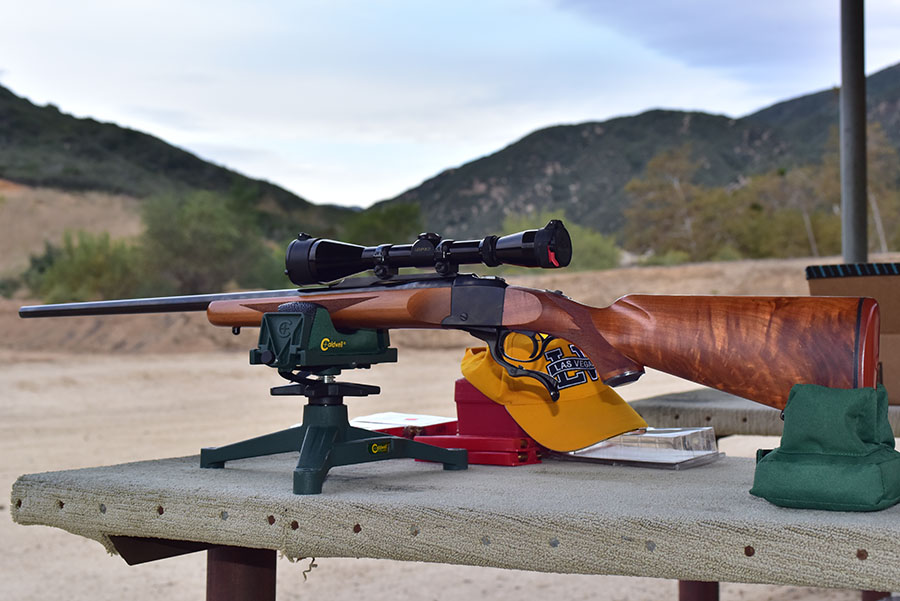
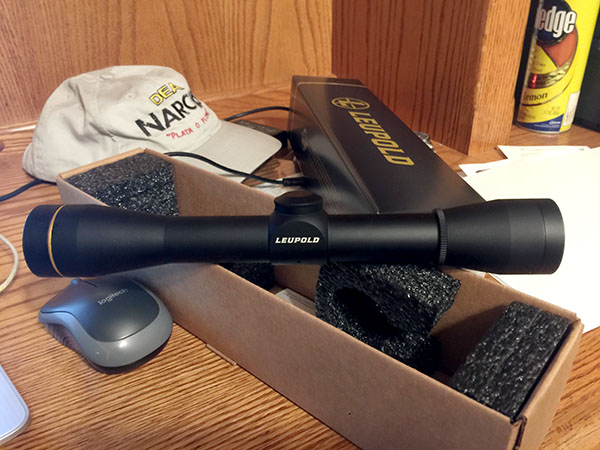
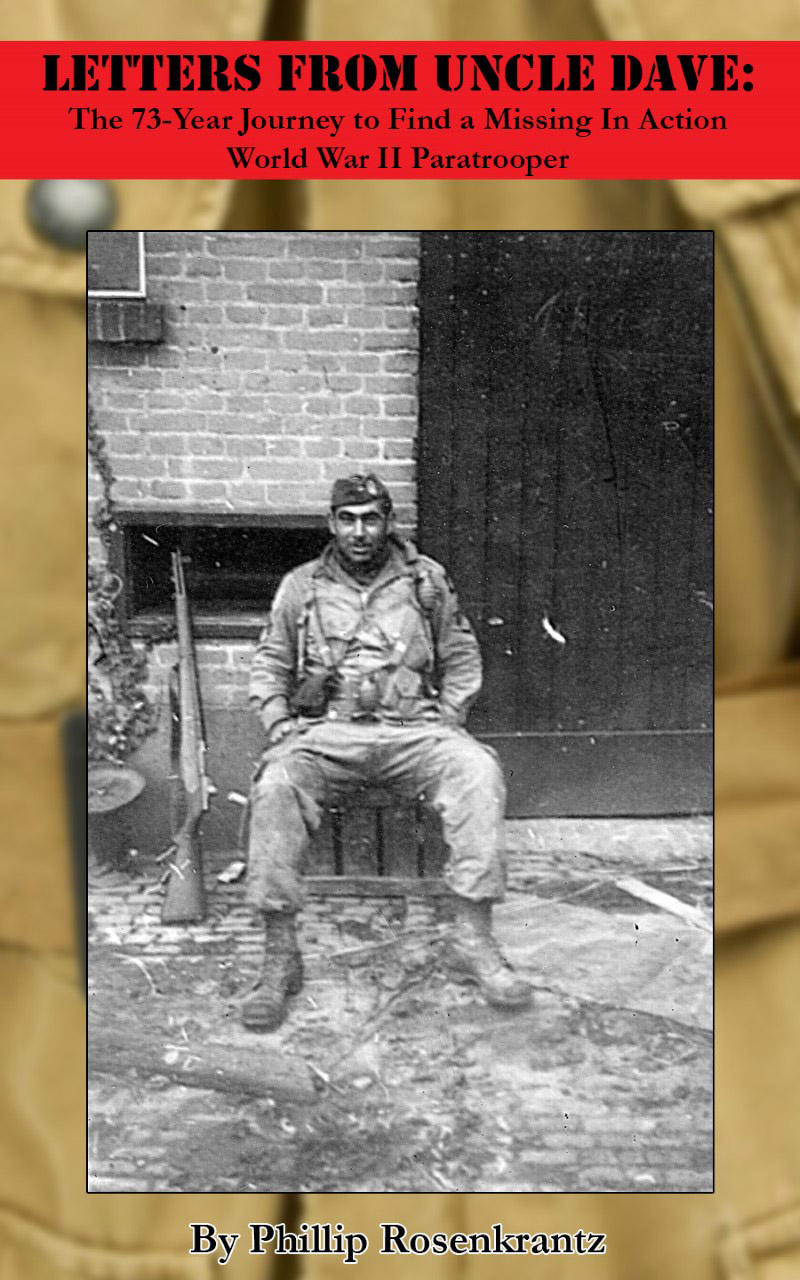


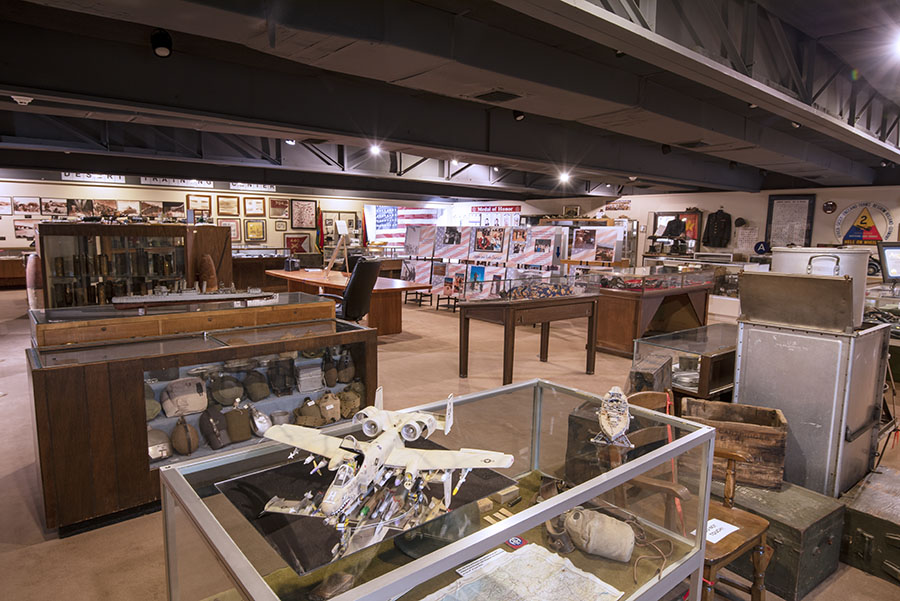
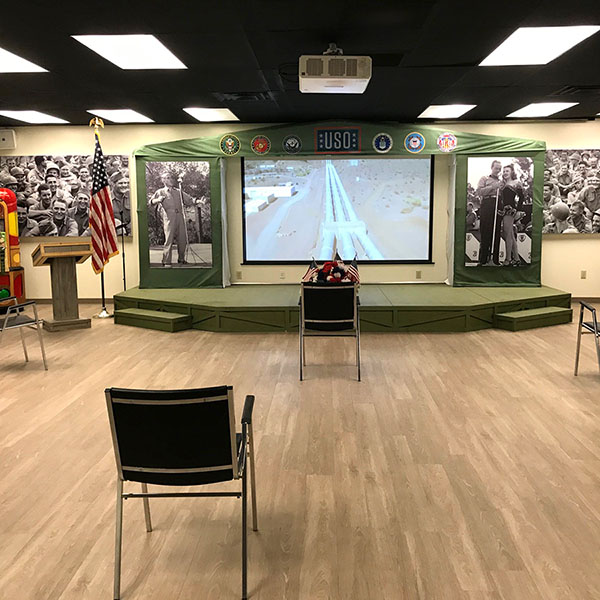
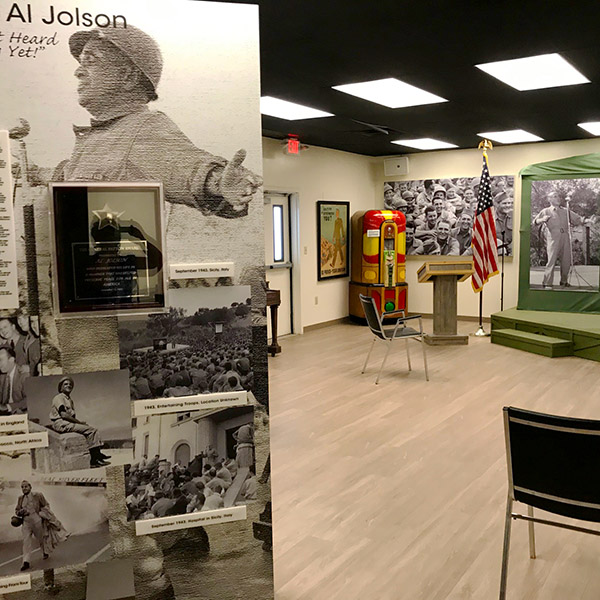
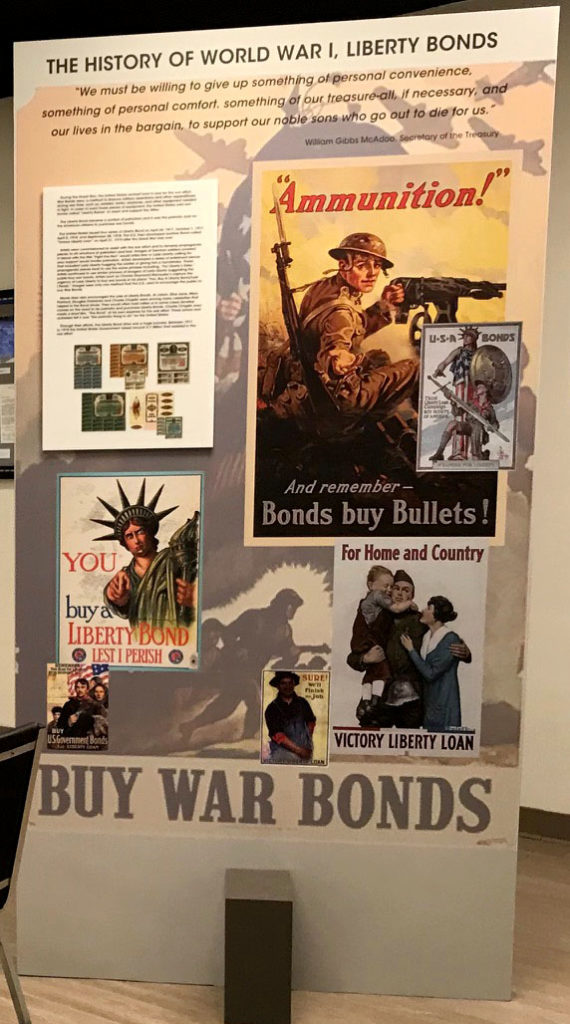
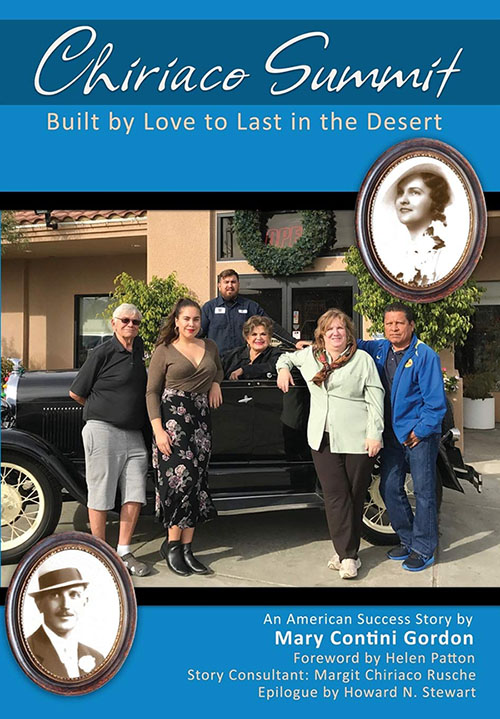
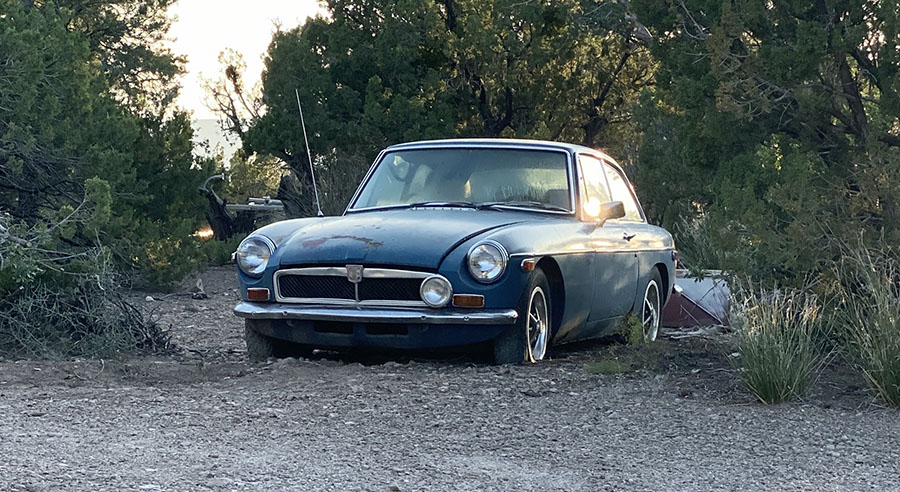

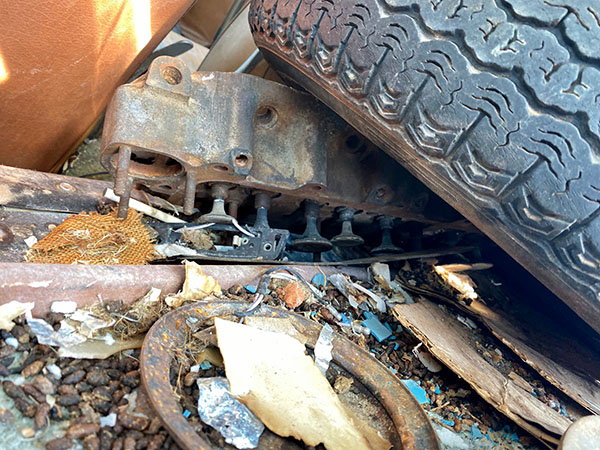
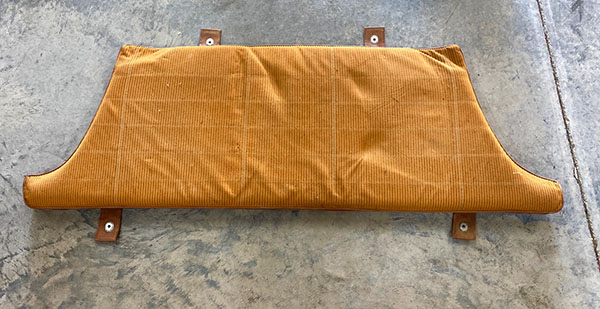
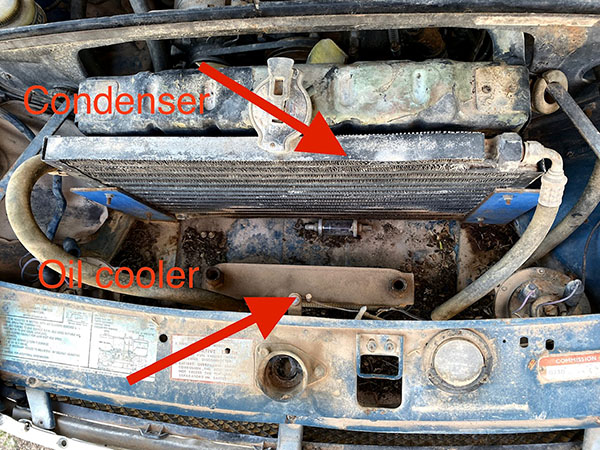

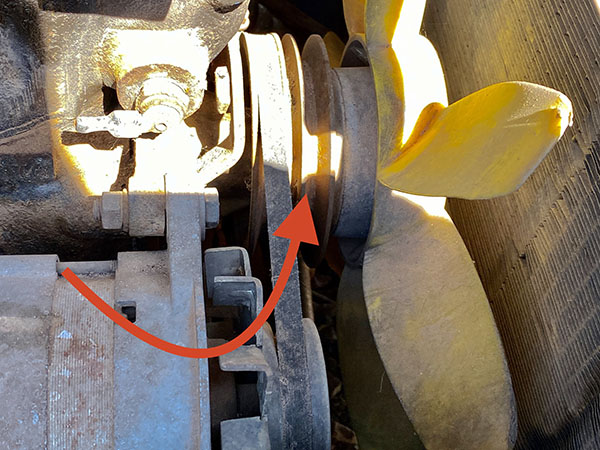


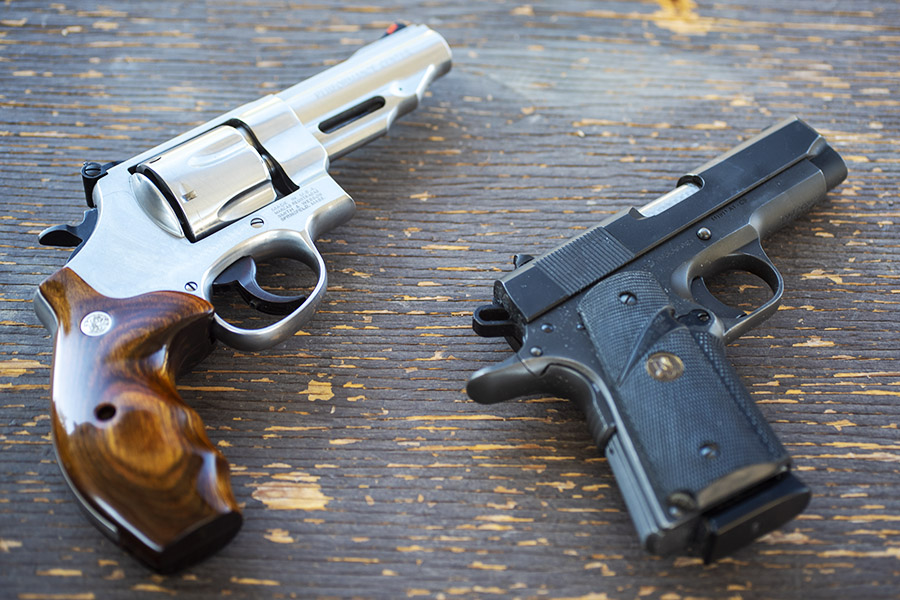

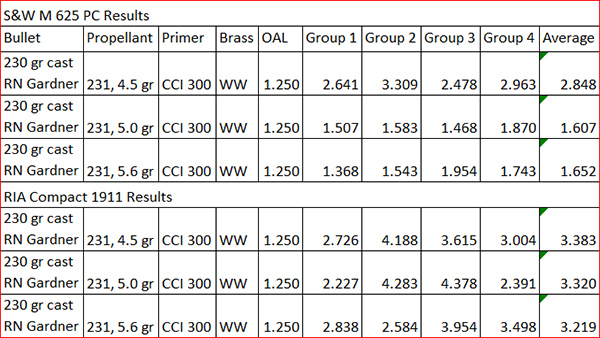
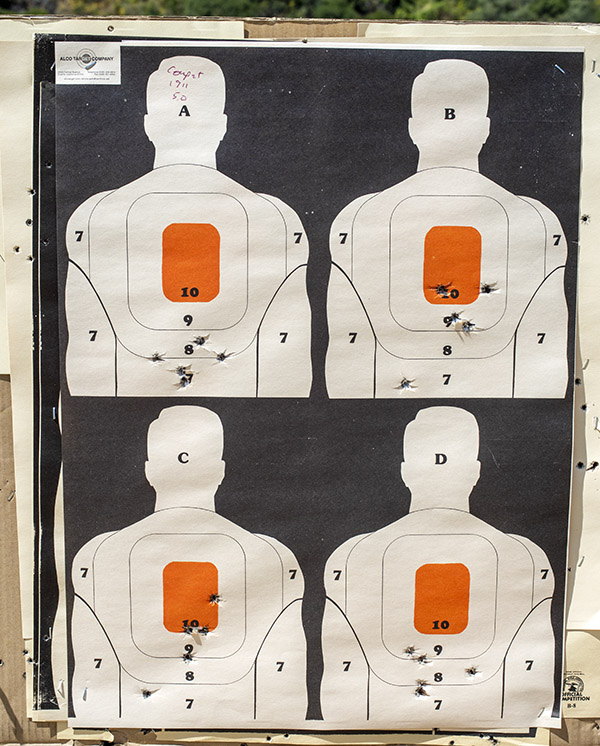
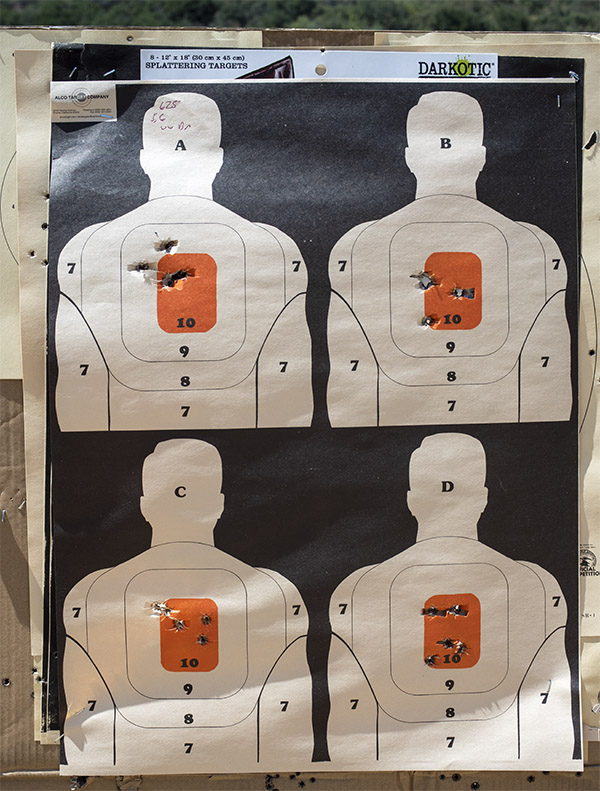
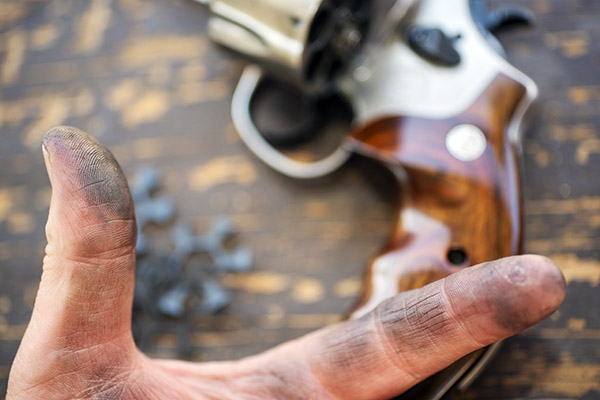

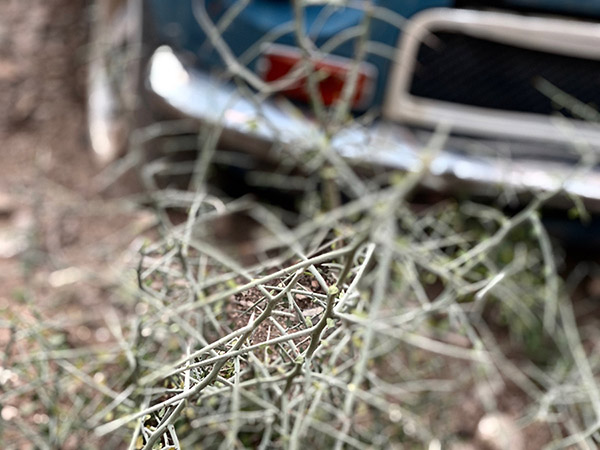

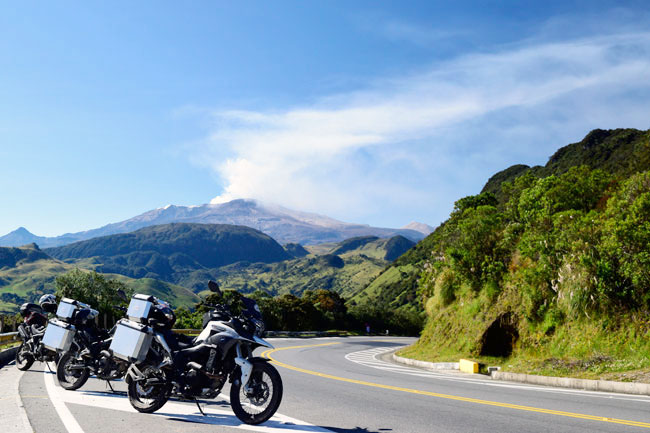
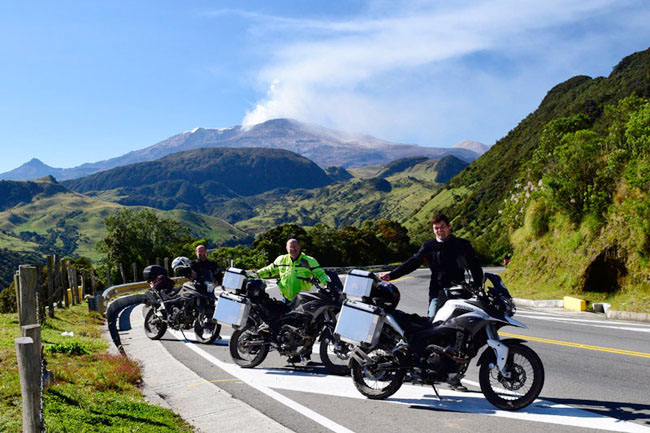


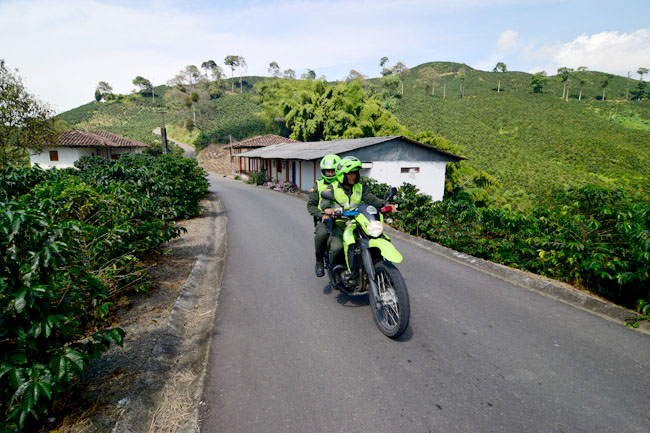
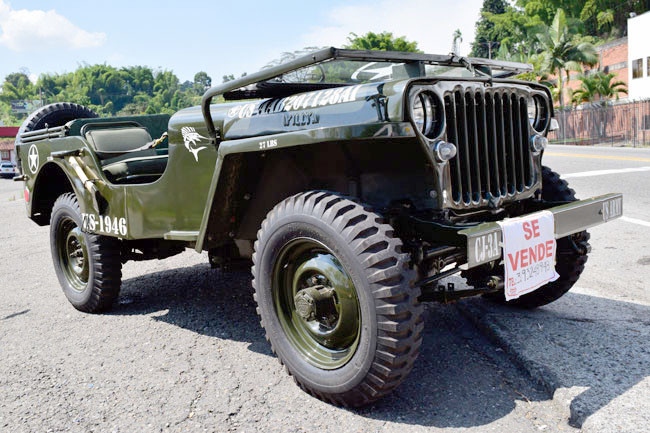

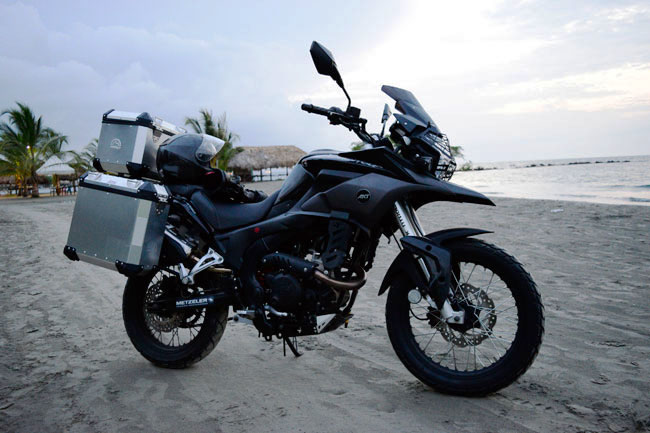

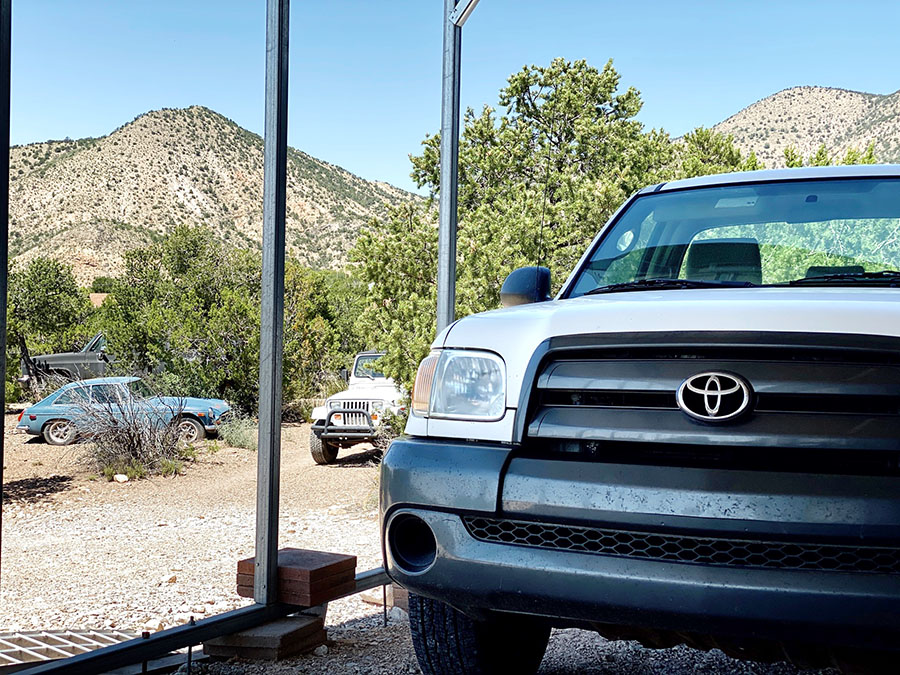
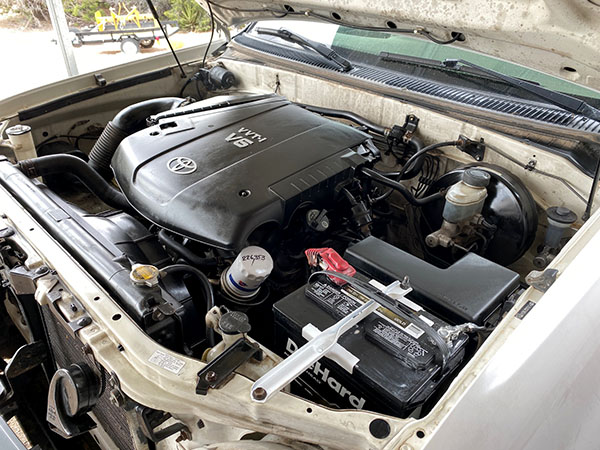
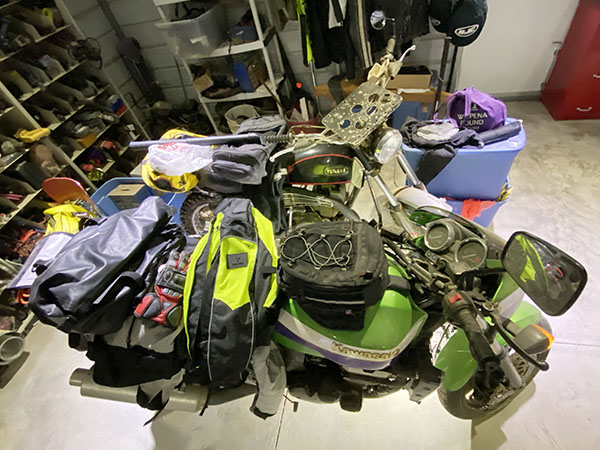
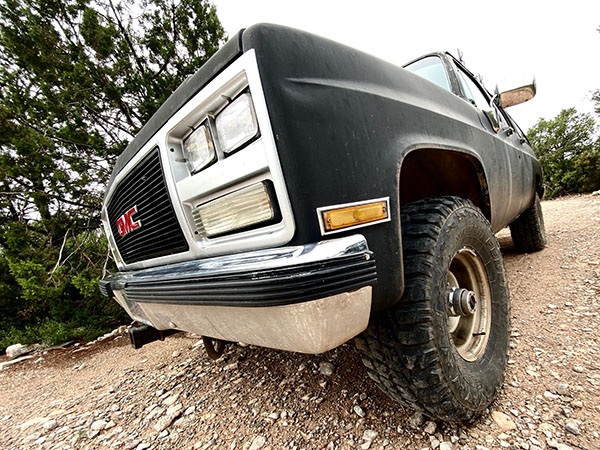
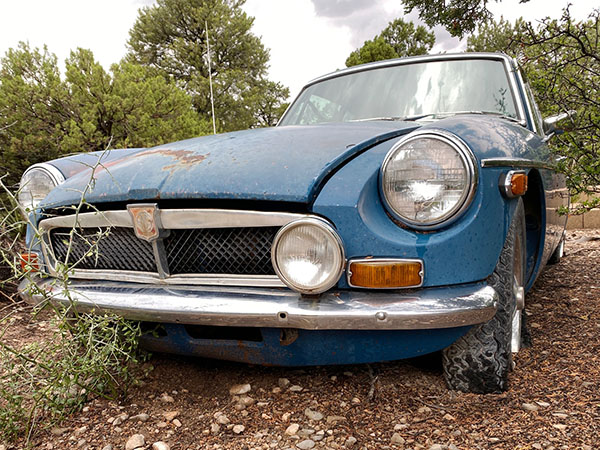
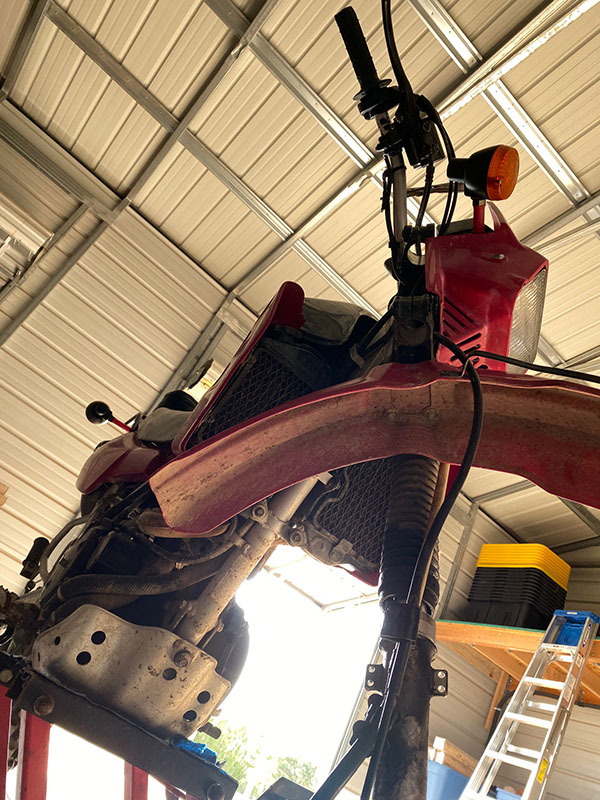
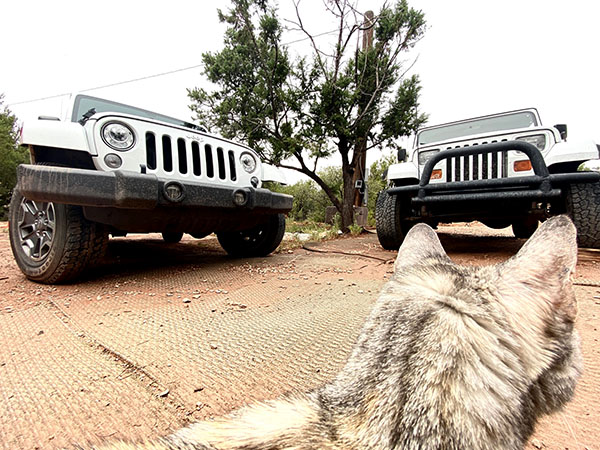
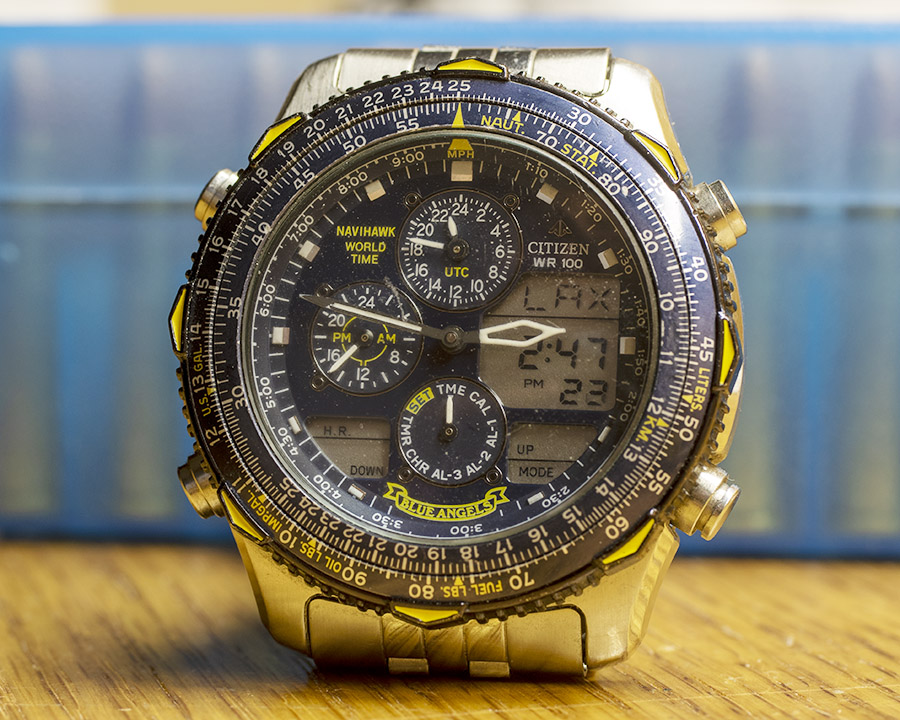

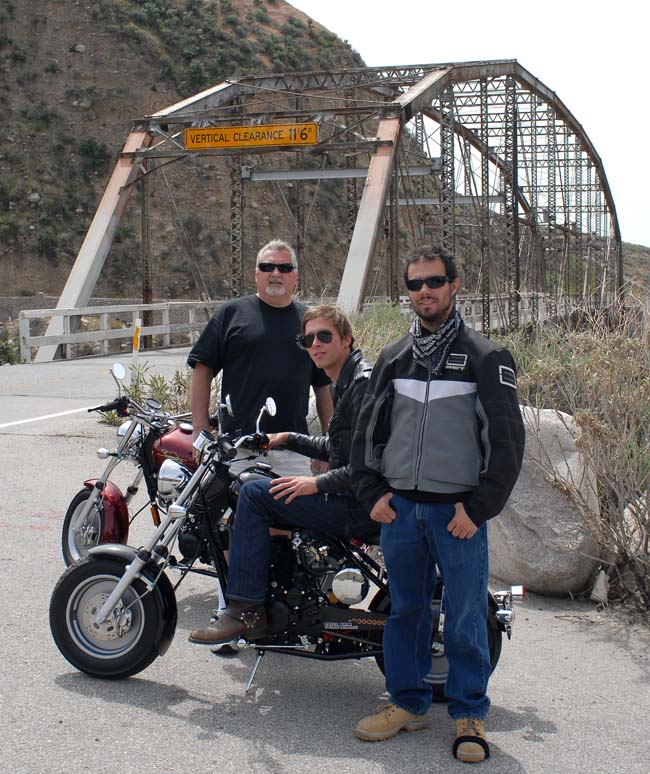
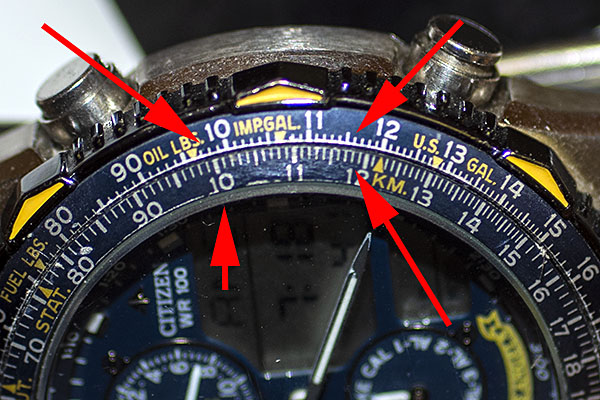
 slide rules can be amazingly accurate. The outer bezel is the numerator, and the inner bezel is the denominator. We went 116 miles and used 1.18 gallons of fuel, so the calculation for mpg is 116 miles/1.18 gallons, or 98.3 mpg (as represented by the two arrows on the right). You read the answer on the outer bezel over the 10 on the inner bezel (as represented by the two arrows on the left). It’s 98.3. Easy, isn’t it?
slide rules can be amazingly accurate. The outer bezel is the numerator, and the inner bezel is the denominator. We went 116 miles and used 1.18 gallons of fuel, so the calculation for mpg is 116 miles/1.18 gallons, or 98.3 mpg (as represented by the two arrows on the right). You read the answer on the outer bezel over the 10 on the inner bezel (as represented by the two arrows on the left). It’s 98.3. Easy, isn’t it?
